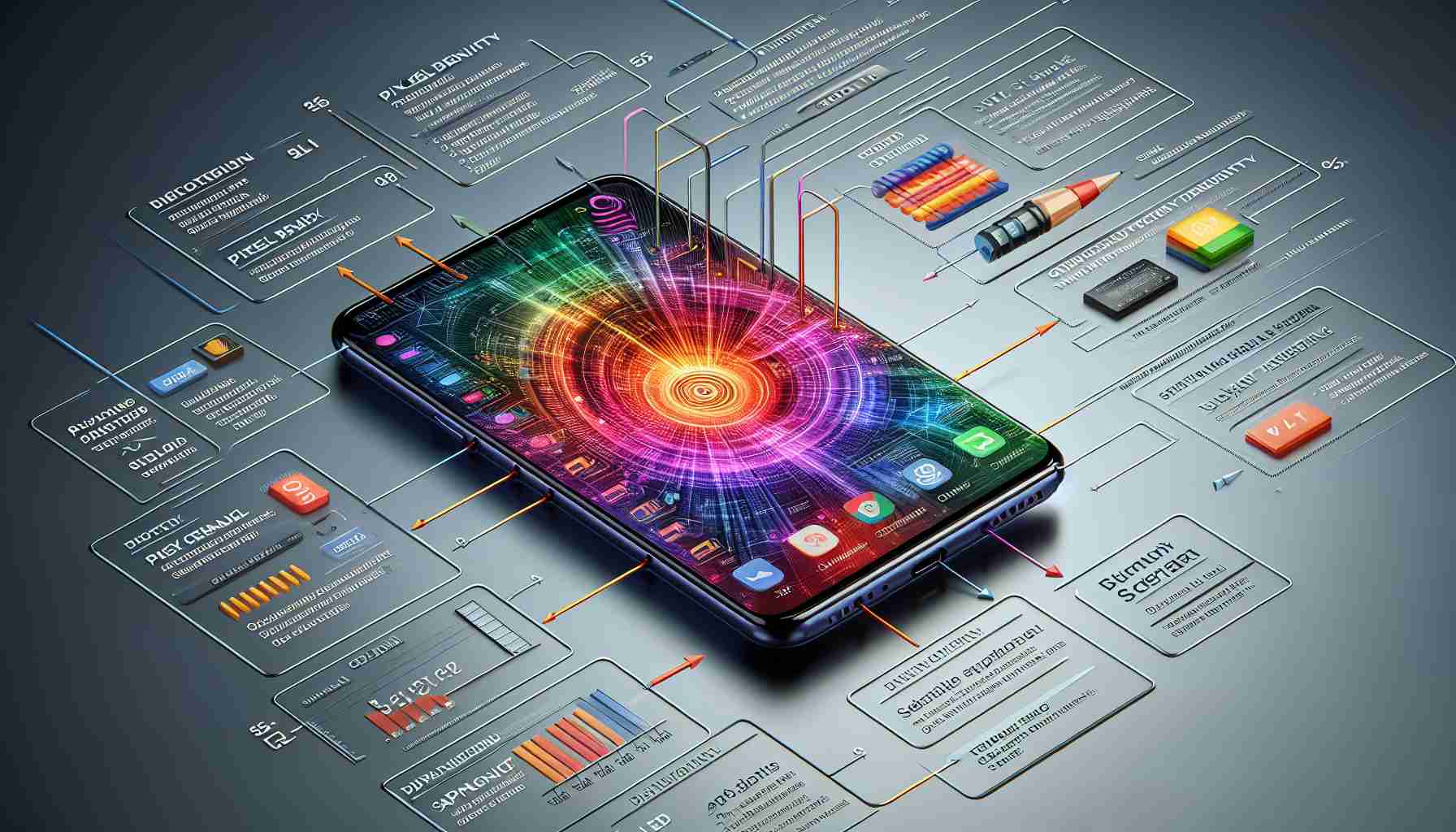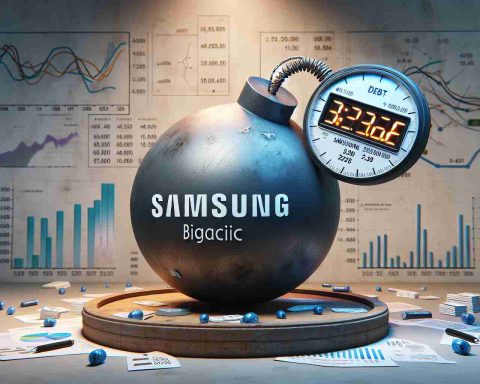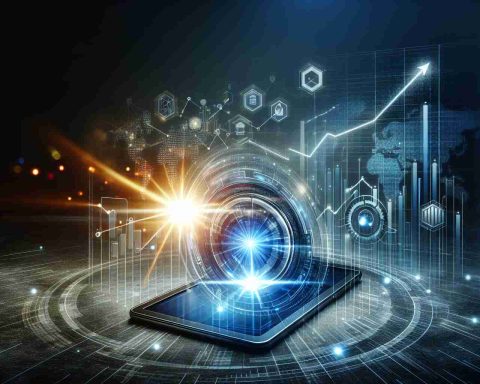Understanding the technical jargon surrounding smartphone screens can be overwhelming for consumers. Instead of being bombarded with terms like “OLED” and “LED,” shoppers often receive vague advice about one screen being better than another. It’s essential to be aware that manufacturers tend to exaggerate their screen features without adhering to specific standards, sometimes not meeting consumers’ expectations.
For instance, Apple’s “Liquid Retina XDR” or Google’s “Super Actua” are catchy marketing terms that provide little insight into the actual screen quality. Brightness levels can be misleading, with advertised specifications sometimes not aligning with real-world performance.
Technical specifications, such as peak HDR brightness, can also lead to significant misconceptions. While these figures represent a single point on the screen, they may not accurately reflect daily usage scenarios.
Comparing screens across different brands can be challenging due to varying standards and approaches to showcasing screen performance. Manufacturers may tout unrealistic brightness levels, such as OnePlus claiming a maximum brightness of 4,500 nits, while practical usage may only reach 1,600 nits.
Some companies may manipulate brightness levels by concentrating energy on specific pixels to achieve impressive results, giving the illusion of high HDR brightness. In contrast, others prioritize overall user experience with lower average pixel brightness.
Google’s Pixel 8 Pro is marketed as reaching a maximum brightness of 1,600 nits in HDR mode and up to 2,400 nits in standard mode. However, it’s crucial for consumers to delve deeper into the specifications and understand the practical implications of these figures before making a purchase decision.
Decoding Smartphone Screen Terminology: What You Need to Know
When it comes to understanding smartphone screen terminology, there are key questions that consumers must consider to make informed decisions. Let’s delve into important facts not previously addressed and explore the key challenges and controversies associated with this topic.
What are some additional technical aspects consumers should be aware of?
Apart from peak HDR brightness, another crucial factor is refresh rate. The refresh rate determines how smoothly the screen displays motion. Higher refresh rates, such as 120Hz or 144Hz, result in a visibly smoother experience when scrolling or gaming. However, this can impact battery life, so it’s essential to find a balance that suits your usage patterns.
How do different display technologies affect screen quality?
While OLED and LCD are common display technologies, microLED is an emerging technology that offers benefits like improved brightness and energy efficiency. Understanding these technologies can help consumers choose a screen that aligns with their preferences, whether it’s vibrant colors in an OLED display or the potential future advancements of microLED.
What are the advantages and disadvantages of screen customization options?
Some smartphones offer advanced screen customization features, such as color temperature adjustments and blue light filters. While these options can enhance viewing comfort and reduce eye strain, improper settings may distort colors or affect the overall viewing experience. Finding the right balance between personal preference and screen accuracy is crucial.
What are the key challenges in comparing screens across different brands?
One of the primary challenges is the lack of standardized testing methods among manufacturers. This inconsistency makes it difficult for consumers to directly compare screens based on specifications alone. Additionally, marketing terms and exaggerated claims can mislead buyers, emphasizing the need for independent reviews and hands-on testing to assess real-world performance.
The Advantages and Disadvantages of Smartphone Screen Terminology
Advantages: Understanding screen terminology empowers consumers to make informed decisions based on their preferences and priorities. With knowledge of technical aspects like refresh rates and display technologies, individuals can select a smartphone that best suits their needs, whether it’s for gaming, media consumption, or daily use.
Disadvantages: The complexity of screen terminology can be overwhelming, leading to confusion and potential misinformation. Manufacturers’ marketing strategies often emphasize certain features without providing a clear understanding of how they impact the overall user experience. This disconnect between technical specifications and practical usage can leave consumers feeling uncertain about their choices.
For more in-depth information on smartphone screens and related technologies, you can explore techradar.com. This platform offers detailed reviews, comparisons, and insights into the latest developments in the world of smartphones and displays.
By addressing key questions, understanding technical aspects, and being aware of the challenges associated with smartphone screen terminology, consumers can navigate the vast array of options available in the market and make well-informed decisions to find the screen that best suits their preferences and usage patterns.
https://youtube.com/watch?v=fdz7PNmi-0A



















